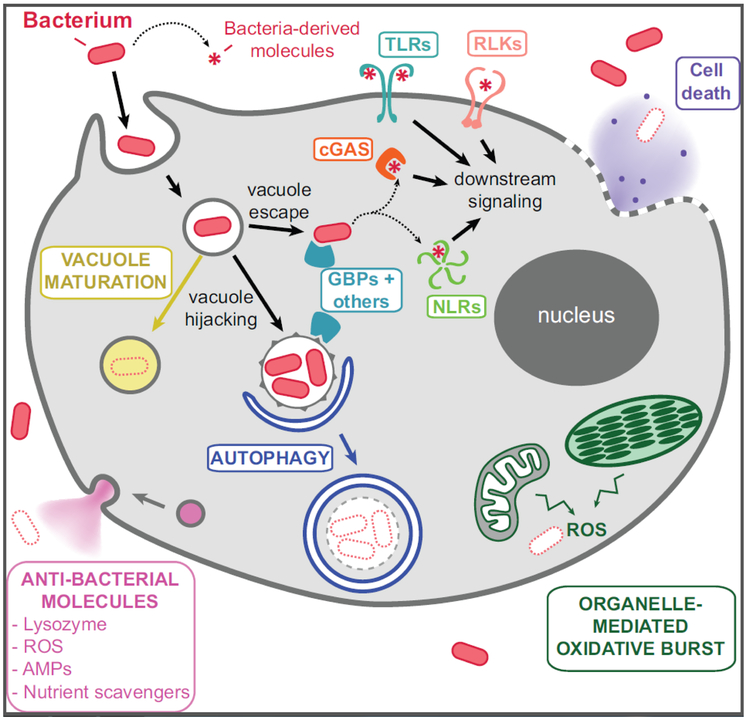Figure 3. Modes of eukaryotic detection and elimination of bacteria.
Cells can kill most internalized bacteria via maturation of the intracellular vacuole into a toxic, nutrient-poor environment. However, bacterial pathogens can evade this fate, either by tolerating these harsh conditions, escaping from the vacuole into the cytosol, or hijacking the vacuole and transforming it into a replicative niche. Hosts possess a number of molecular sensors of bacteria and/or bacteria-derived molecules (such as TLRs, RLKs, NLRs, GBPs, and many others), which can trigger defense signaling cascades. Other sensors can detect abnormal molecules on pathogen-containing vacuoles to trigger vacuole destruction by autophagy. In addition, eukaryotes can kill extracellular bacteria via the secretion of anti-bacterial molecules, the production of reactive oxygen species (ROS) from endosymbiotic organelles, or cell-death-mediated release of toxic molecules.

